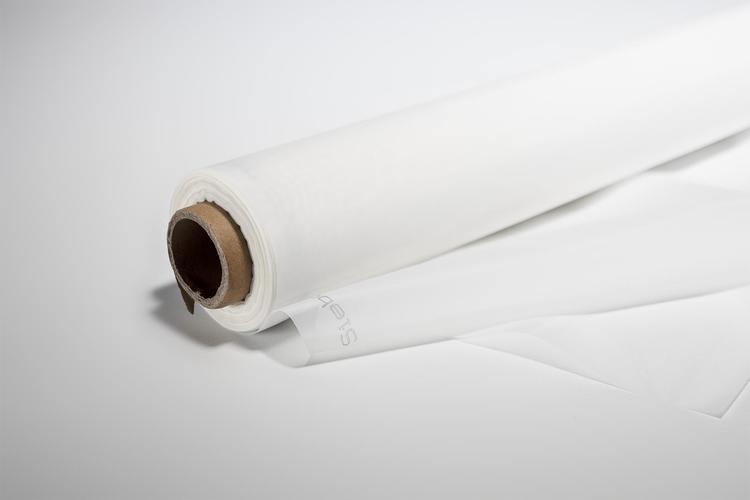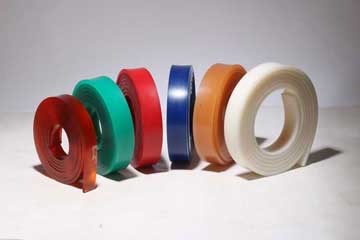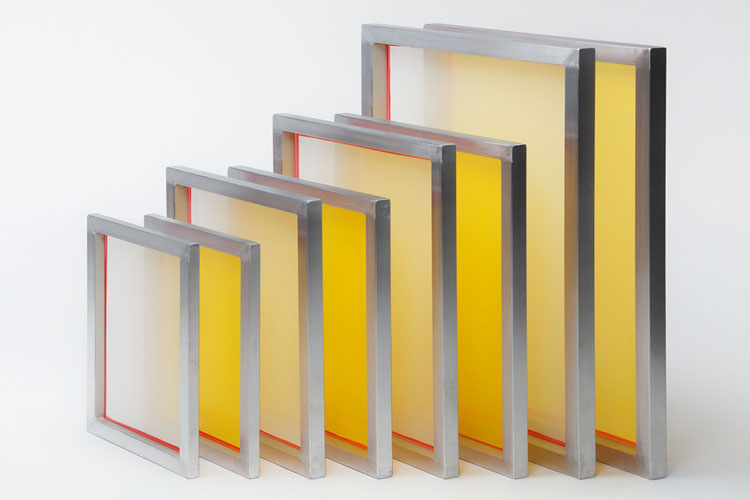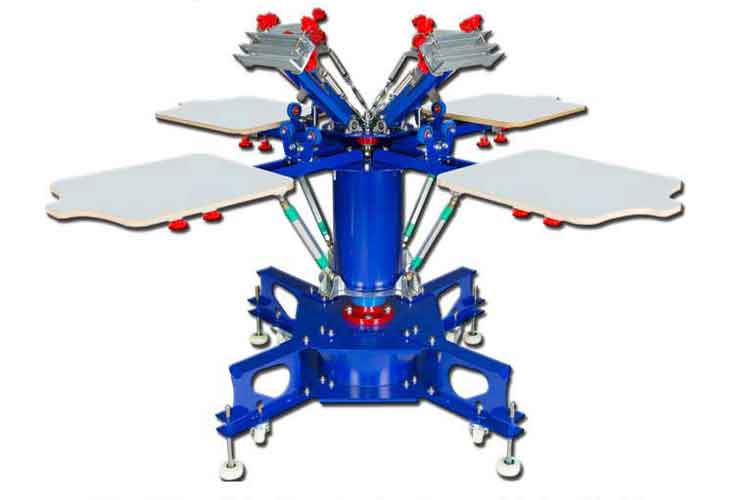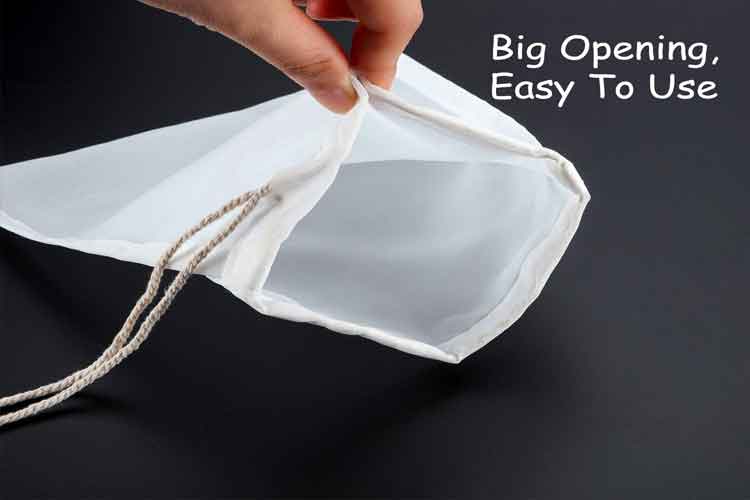Screen Printing Mesh: The Essential Guide to Choosing Cloth for Precision, Durability, and Consistent Prints
Choosing the correct screen printing mesh at the start is the simplest, highest-leverage move you can make to ensure reliable production, sharper prints, and fewer surprises — outcomes your customers and your bottom line will both appreciate.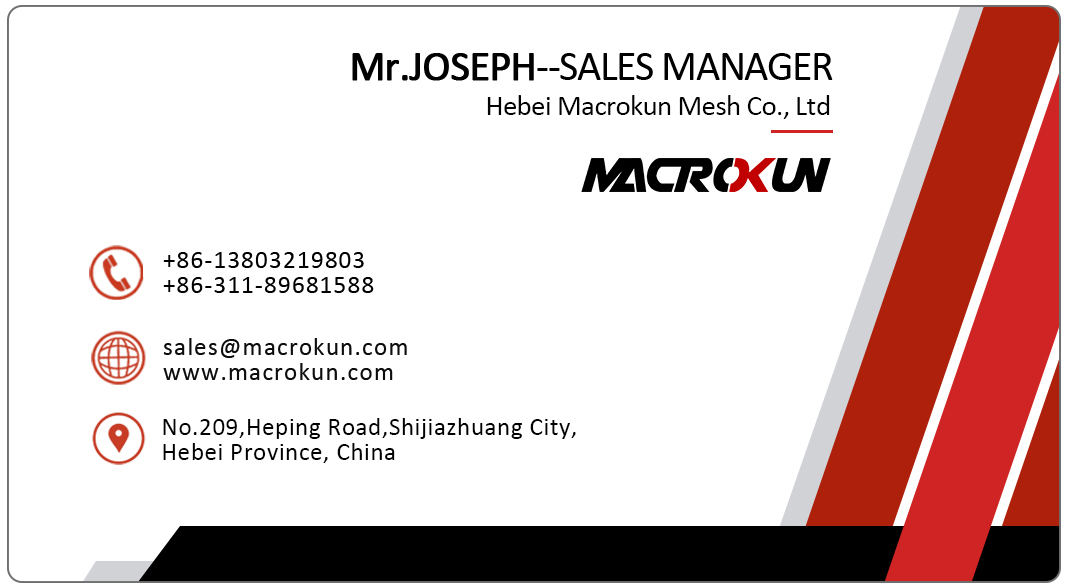
Why the right screen printing mesh determines success
Choosing the correct screen printing mesh is one of those decisions that quietly decides whether a job will be a first-pass success or a long troubleshooting session. The mesh dictates how much ink will pass through, how finely halftones will resolve, and how stable registration will be through a multi-color run. For commercial shops and hobbyists alike, the right cloth reduces reprints, shortens setup time, and improves final appearance — the practical benefits that directly protect margins and reputation.
Understanding the basics: thread count, aperture, and material
When people talk about mesh, three terms come up first: mesh count (the number of threads per unit), aperture (the hole size, usually given in microns), and material (commonly polyester monofilament, but sometimes nylon or stainless steel for specialty work). Each dimension affects printing: higher thread counts give finer detail but pass less ink; larger apertures pass more ink but reduce fine detail. A well-specified screen printing mesh balances these factors for the job at hand, whether that’s bold, opaque solids or delicate halftone work.
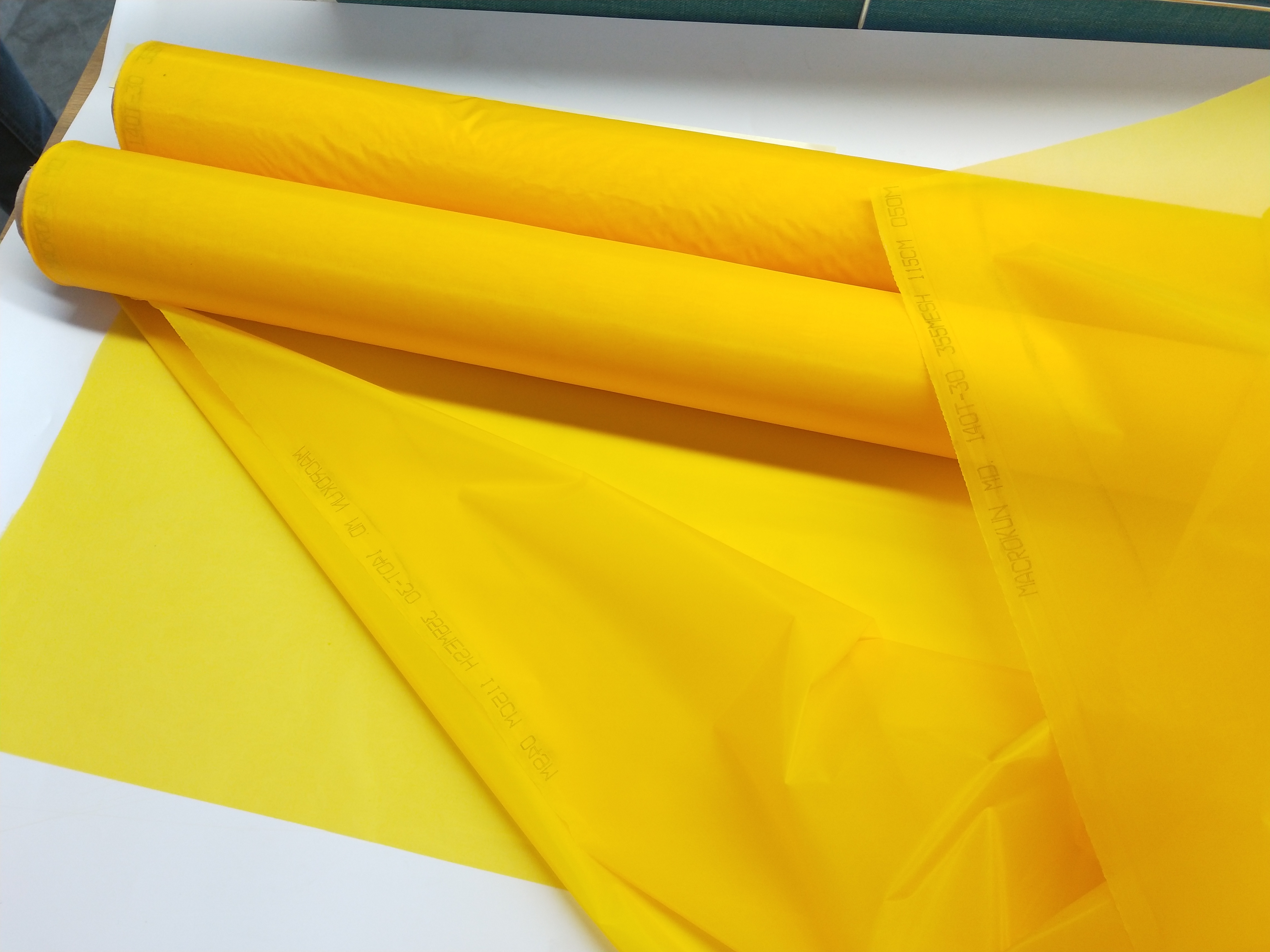
Matching mesh to application: a practical guide
Start by asking what you print most. T-shirt shops that print large solids and logos often favor lower-to-mid mesh counts that permit heavier ink laydown. Shops focused on photographic halftones or fine-line graphics will move toward higher mesh counts for finer dot definition. Industrial or precision applications may use stainless or specialty weaves to maintain exact tolerances. Choosing the right screen printing mesh for your common use cases eliminates guesswork during each production run.
Why polyester monofilament is the industry workhorse
Today, polyester monofilament dominates because it stretches predictably, resists chemicals used in reclaiming, and tolerates the tensions required for repeatable registration. It won’t absorb as much emulsion as multifilaments, and it keeps consistent aperture size under tension. That means a polyester screen printing mesh will perform consistently across frames and through multiple reclaim cycles, which is crucial when you rely on repeatable output.
The role of tension and frame preparation
Mesh only performs as well as your tension and the frame allow. A cloth stretched uniformly to the recommended tension range maintains registration across the printing area. In multi-color jobs, uneven tension is the single biggest culprit for misregistration. Proper frame prep — clean rails, flat surfaces, and measured tensioning — turns a quality screen printing mesh into consistently crisp results.
Exposure, emulsion, and fine detail control
Exposure control is vital. Overexposure can clog fine openings, while underexposure weakens stencils and ruins registration. Use emulsion thickness appropriate to the mesh count: finer meshes need thinner, more even coats; coarser meshes handle heavier coats without losing detail. A technician who understands how emulsion and exposure interact with a given screen printing mesh will consistently get sharper solids and accurate halftones.
Maintenance that extends cloth life and preserves performance
Routine cleaning and correct reclaim procedures prolong life. Rinse screens immediately after a run to remove residues, use appropriate cleaners for ink type, and avoid harsh mechanical scraping that will nick filaments. A gentle and consistent maintenance routine keeps a screen printing mesh productive for many cycles, saving both time and materials over the long term.
Choosing between off-the-shelf and premium mesh
Off-the-shelf mesh can be tempting for low-cost entry, but premium mesh often uses tighter manufacturing tolerances, more consistent thread diameters, and better finishing. Those differences mean fewer rejects and better long-run consistency. If uptime and first-pass yield matter to your business, investing in a better screen printing mesh generally pays back quickly through reduced make-ready time and fewer reworks.
How to read a datasheet: the numbers that matter
When you look at product specs, key fields are mesh count, thread diameter, open area percentage, and recommended tension. Mesh count and thread diameter together determine aperture size; open area percentage gives a quick sense of how much ink can pass; recommended tension indicates how stiff the cloth behaves. Evaluate these numbers relative to your substrates and inks to pick a screen printing mesh that meets real-world needs rather than marketing claims.
Common troubleshooting scenarios and fixes
If prints show fuzzy edges, check exposure and emulsion thickness first. Blurred halftones often trace back to insufficient tension or the wrong mesh count for the dot size. Inconsistent ink deposit suggests incorrect squeegee choice or worn mesh. A methodical approach — change one variable at a time — and a good log of settings per job will get the problem resolved quickly and teach you which screen printing mesh options work best for which designs.
Environmental and chemical considerations
Different inks and cleaning agents stress mesh differently. Water-based systems can require additional care to prevent swelling or fiber distortion during reclaim. Some specialty applications demand stainless or nylon mesh to withstand abrasive substrates or solvent exposure. Ensure your chosen screen printing mesh is compatible with your ink and reclaim chemistry to avoid shortened life or unexpected failures.
Inventory strategy: what to keep on the shelf
For small to mid-sized shops, keep a practical range of mesh counts that cover most jobs — for example, a lower-count for heavy fills, a mid-count for versatile work, and a higher-count for fine detail. Also stock a few spare framed screens and have a plan for rapid replacement. This inventory strategy reduces emergency downtime and lets you respond quickly to rush jobs without compromising quality.
Training and process standardization
Consistent production depends more on process than on a single consumable. Train operators on stretch and tension, emulsion coating, exposure testing, and reclaim steps. Document preferred mesh choices for common job types so less experienced staff have reliable defaults. Standardizing around trusted screen printing mesh options makes training simpler and results more repeatable.
The business case: quality saves time and money
While cheaper mesh lowers immediate cost, poor consistency raises labor, increases waste, and risks customer dissatisfaction. Investing in the right screen printing mesh for your most frequent jobs reduces reprints and speeds throughput. Over time, the improved first-pass yield from higher-quality cloth usually outweighs the upfront price difference.
Final thoughts: make the mesh decision early
When planning a job, decide on mesh, emulsion, and squeegee before loading the first screen. That early alignment prevents last-minute adjustments that cost time and materials. Choosing the correct screen printing mesh at the start is the simplest, highest-leverage move you can make to ensure reliable production, sharper prints, and fewer surprises — outcomes your customers and your bottom line will both appreciate.
Pre:120T Mesh for Professionals: A Balanced Approach to Ink Deposit and Fine Graphics
Tags:
